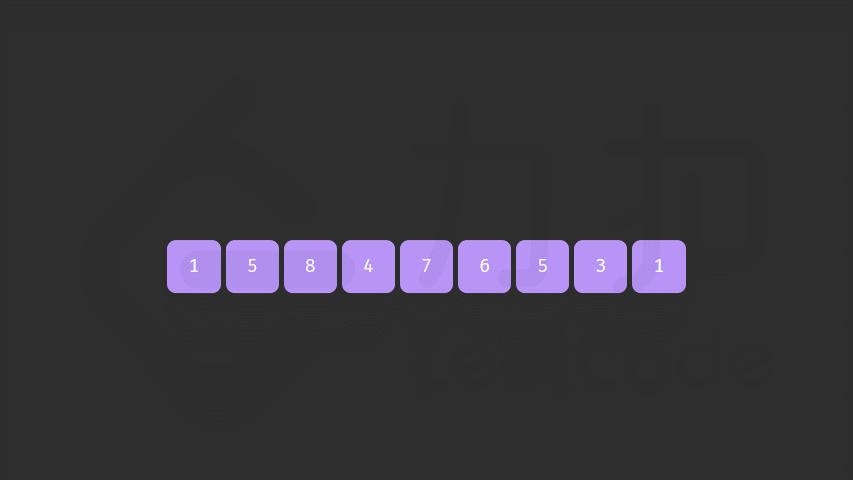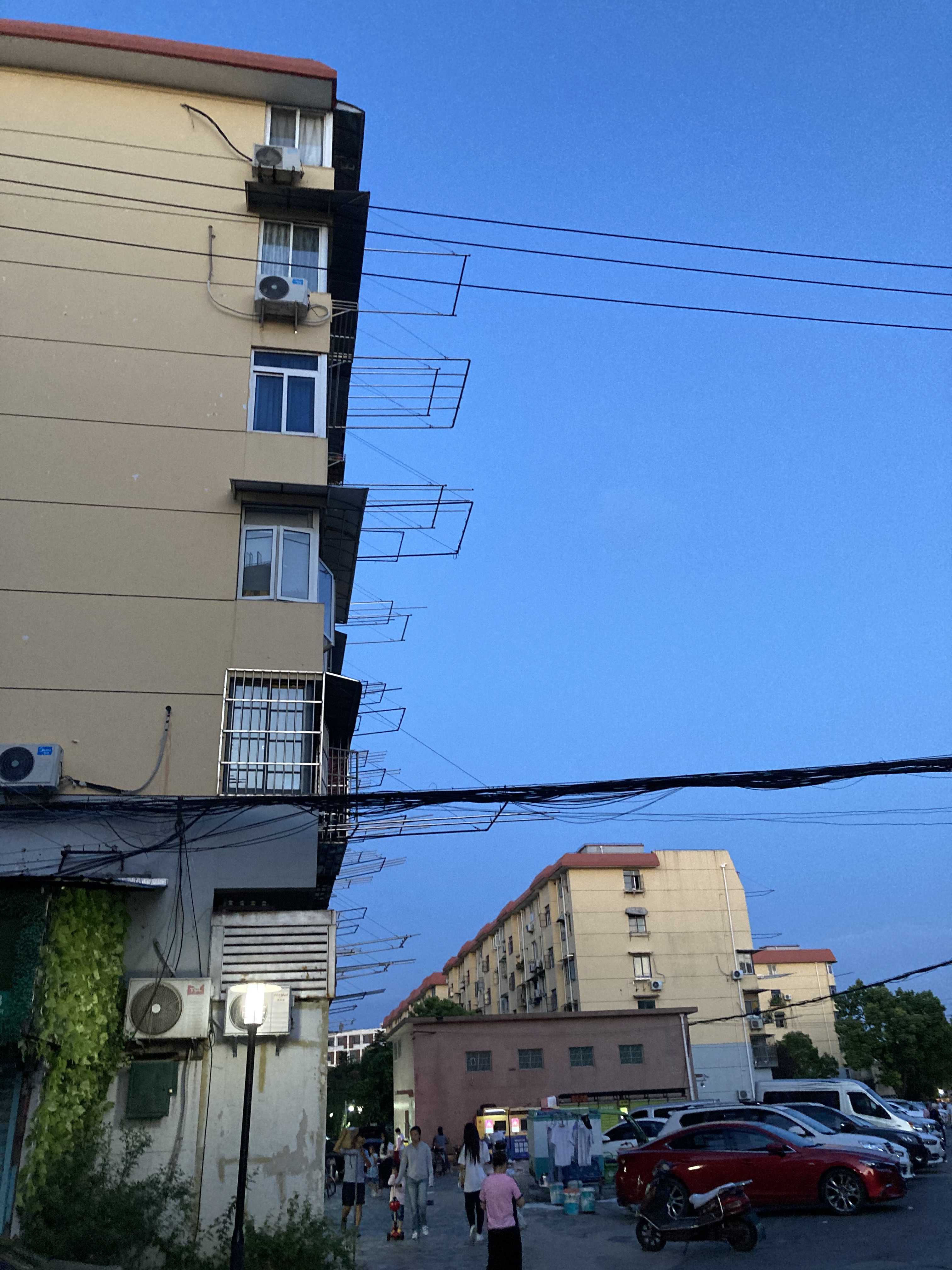Question
Implement next permutation, which rearranges numbers into the lexicographically next greater permutation of numbers.
If such an arrangement is not possible, it must rearrange it as the lowest possible order (i.e., sorted in ascending order).
The replacement must be in place and use only constant extra memory.
Example 1:
1 | Input: nums = [1,2,3] |
Example 2:
1 | Input: nums = [3,2,1] |
Example 3:
1 | Input: nums = [1,1,5] |
Example 4:
1 | Input: nums = [1] |
code
1 | class Solution { |

我们这样描述该算法,对于长度为 nn 的排列 aa:
- 首先从后向前查找第一个顺序对 (i,i+1)(i,i+1),满足 a[i] < a[i+1]a[i]<a[i+1]。这样「较小数」即为 a[i]a[i]。此时 [i+1,n)[i+1,n) 必然是下降序列。
- 如果找到了顺序对,那么在区间 [i+1,n)[i+1,n) 中从后向前查找第一个元素 jj 满足 a[i] < a[j]a[i]<a[j]。这样「较大数」即为 a[j]a[j]。
- 交换 a[i]a[i] 与 a[j]a[j],此时可以证明区间 [i+1,n)[i+1,n) 必为降序。我们可以直接使用双指针反转区间 [i+1,n)[i+1,n) 使其变为升序,而无需对该区间进行排序。



